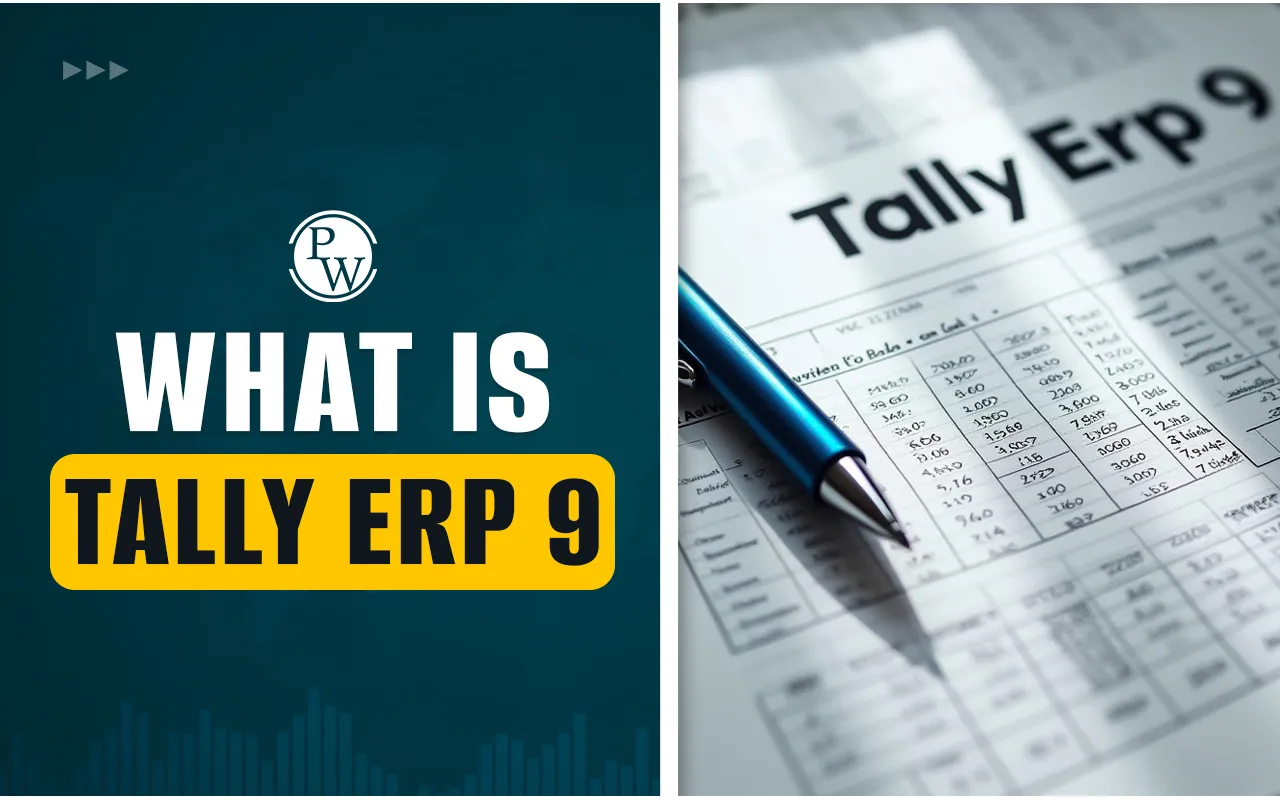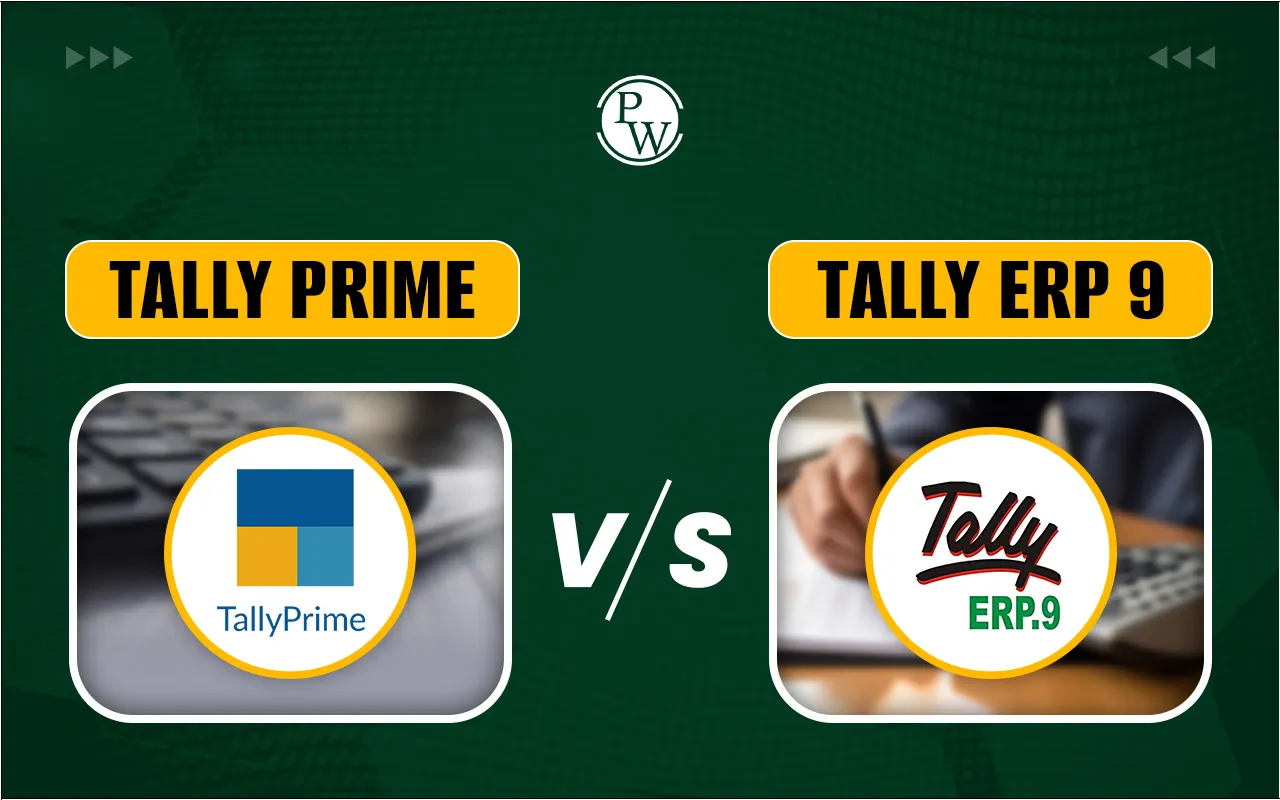

Investing can often feel like walking a tightrope, balancing risk and reward, growth and safety. For many investors, especially those seeking a middle ground between aggressive growth and steady income, balanced funds offer a comforting solution. These funds combine stocks and bonds in one portfolio, aiming to capture the upside of equities while cushioning the downside with fixed-income securities.
Here, we dive deep into two of the most renowned balanced funds in the market: the Vanguard Star Fund Investor Shares (VGSTX) and the Fidelity Balanced Fund (FBALX). These funds are not just popular but have stood the test of time, offering investors a blend of safety, income, and growth.
What Are Balanced Funds?
Balanced funds are like the Swiss Army knives of the investment world. They typically invest in a mix of stocks, bonds, and sometimes money market instruments. This combination aims to balance risk with returns, providing growth potential through equities and stability through bonds. Most balanced funds maintain a fixed or flexible ratio, often around 60% equities and 40% bonds, to achieve this equilibrium.
Why do investors flock to balanced funds? Because they offer a “best of both worlds” approach: exposure to stock market growth while generating income and mitigating volatility via bonds. This makes them attractive to conservative investors, retirees, or anyone seeking moderate growth without riding the rollercoaster of the stock market alone
Vanguard Mutual Funds
Among the vanguard mutual funds, the Vanguard Star Fund Investor Shares (VGSTX) holds a special place. Launched in 1985, VGSTX is a moderate allocation fund known for its consistent performance and strategic diversification.
What sets VGSTX apart is its structure as a “fund of funds.” Instead of picking individual stocks and bonds directly, VGSTX invests in other Vanguard mutual funds, giving investors access to a broad spectrum of assets managed by multiple teams. This layered diversification spreads out risk and taps into various management styles.
VGSTX maintains a classic 60/40 split between equities and bonds, targeting a balance between capital appreciation and income. With a relatively low net expense ratio of 0.31%, it is cost-effective for investors, requiring a minimum investment of $1,000.
Its long-term returns have been commendable. For instance, VGSTX posted a total return of 17.11% in 2023 and an annualized return of 7.2% over the last decade, outperforming many of its peers in the moderate risk category.
Investors looking for a blend of safety and growth may appreciate the relatively low volatility VGSTX offers, along with the peace of mind that comes from Vanguard’s reputable management and disciplined investment philosophy.
Read More - Top Benefits of Financial Modeling Course for Your Career
Fidelity Balanced Fund (FBALX)
Turning to the fidelity balanced fund category, Fidelity Balanced Fund (FBALX) is a veteran player, having begun in 1986. Like VGSTX, FBALX follows a 60/40 allocation strategy, investing about 60% in equities and the rest in fixed-income securities, including high-yield debt and preferred stocks, to generate income while aiming for growth.
One major advantage of FBALX is its accessibility: it requires no minimum investment, making it attractive to investors just starting their journey or those with limited capital. However, its expense ratio is slightly higher at 0.47%.
FBALX has delivered solid performance, with a total return of 21.6% in 2023 and strong average annual returns of 9.57% over 10 years. Its portfolio is actively managed, with a turnover rate of 29%, reflecting more frequent trading compared to VGSTX.
Fidelity’s approach to balanced investing focuses on income generation combined with growth, making FBALX appealing for investors seeking a moderately aggressive yet income-oriented investment option.
Read More - Financial Economics: Definition, Methods, and Importance
VGSTX vs. FBALX
When evaluating balanced funds like VGSTX and FBALX, understanding their key characteristics helps investors make informed decisions. Below is how they stack up:
|
VGSTX vs. FBALX |
||
|
Feature |
Vanguard Star Fund (VGSTX) |
Fidelity Balanced Fund (FBALX) |
|
Expense Ratio |
0.31% |
0.47% |
|
Minimum Investment |
$1,000 |
$0 |
|
Fund Inception |
1985 |
1986 |
|
Assets Under Management |
$23.62 Billion |
$45.89 Billion |
|
Equity/Bond Allocation |
60% / 40% |
60% / 40% |
|
Turnover Rate |
6% |
29% |
|
Yield (Trailing Twelve Months) |
2.05% |
1.56% |
|
12-Month Return (2023) |
14.87% |
21.13% |
VGSTX offers a lower cost option with less portfolio turnover, which may appeal to buy-and-hold investors. FBALX, with its higher turnover, might attract investors who prefer a more actively managed approach.
Both funds have demonstrated resilience and have consistently delivered attractive returns compared to their peers, making them solid choices for a diversified balanced portfolio.
Why Choose Balanced Funds for Your Investment Portfolio?
Balanced funds provide a sense of stability amid uncertain market conditions. They are particularly suitable for investors who want to reduce risk without sacrificing growth opportunities.
-
Diversification Made Easy: By combining stocks and bonds, balanced funds reduce reliance on any single asset class, providing smoother returns over time.
-
Risk Management: With a fixed allocation, these funds help protect against market volatility, which is ideal for conservative or moderate investors.
-
Income and Growth: Balanced funds generate income through dividends and interest while offering capital appreciation potential.
-
Professional Management: Funds like VGSTX and FBALX are managed by experienced teams, saving investors from the complexities of asset allocation.
For investors eyeing vanguard mutual funds or a fidelity balanced fund, these balanced funds offer a compelling mix of value, stability, and growth that is hard to beat.
What to Choose Between VGSTX and FBALX Balanced Funds?
Both Vanguard Star Fund (VGSTX) and Fidelity Balanced Fund (FBALX) have stood strong over the decades, proving their worth as reliable balanced funds. VGSTX appeals to investors seeking low costs and a fund-of-funds approach, while FBALX might suit those preferring active management with a no-minimum entry point.
Remember, your choice should align with your risk tolerance, investment horizon, and personal financial goals. Balanced funds can play a crucial role in a well-rounded portfolio, balancing the emotional highs and lows of investing with a stable and steady approach.
If you’re passionate about advancing your knowledge and career in the banking, financial services, and insurance sectors, consider enrolling in PW BFSI Courses. These courses are designed to empower you with practical skills and industry insights, helping you excel in your financial journey.
FAQs
What are balanced funds?
What is the main difference between VGSTX and FBALX?
Are balanced funds suitable for beginner investors?
Can balanced funds help during market volatility?













